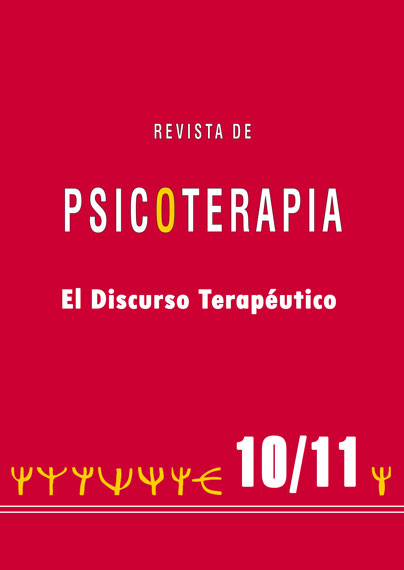Integration in psychotherapy: a crisis of maturity of behavior therapy?
DOI:
https://doi.org/10.33898/rdp.v10i10.943Keywords:
Integration in psychotherapy:, behaviourAbstract
The article is a review and evaluation of the experience of the author with behavior modification therapy, after twenty-five years of professional work with this therapeutic model. The purpose is not to demean the contributions that behavioral modification has brought to the practice of psychotherapy: rather, the intent of the article is to highlight the belief of the author that the supposition that this therapy is the exclusive holder of truth is a myopic and dangerous view. To counter this situation, a new, open attitude toward integration with other contemporary psychotherapies is proposed, with the object of augmenting therapeutic efficacy in clinical work.









